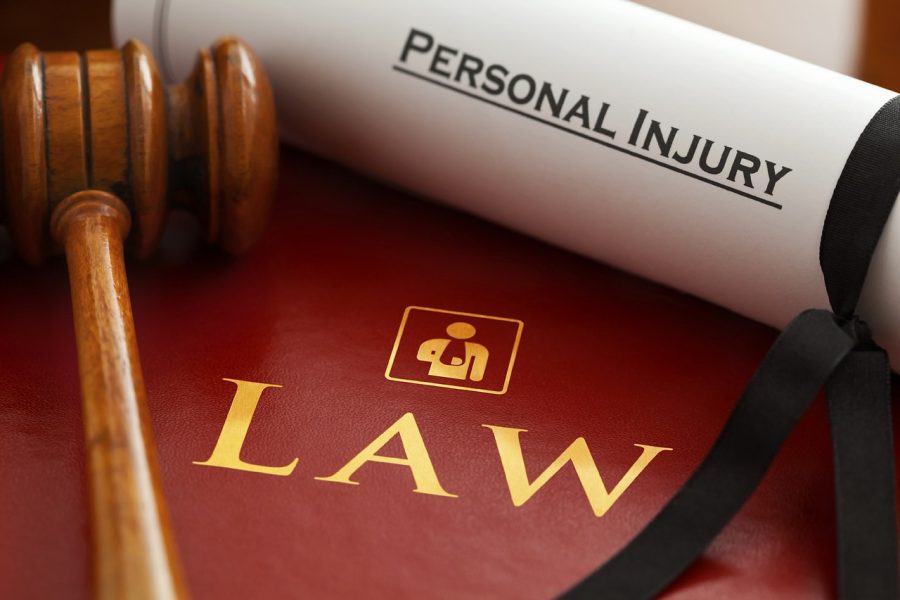Personal Injury Elements
January 11, 2023
Personal injury is a civil claim that arises when someone sustains an injury or suffers damages to their property as the result of another person’s negligence. In order for someone to be held liable for personal injury, there are several elements that must be proven in court. Personal injury claims often arise subject to a statute of limitations. This means that if you wait too long to file your claim, you may have missed your chance to obtain any relief from the court. So it is important not only to understand the elements of a successful personal injury claim but also to know what statute of limitations applies in your area.
Separate from the elements of a personal injury claim, there are some areas that may be beneficial to explore in order to determine your rights and remedies. These areas include auto accidents, slip and fall injuries, medical malpractice, worker’s compensation claims, and also any claim under the laws of negligence or intentional torts (e.g., assault).
What Is A Personal Injury Claim?
Claims for personal injury are civil claims that arise when someone sustains an injury or suffers damages to their property as a result of another person’s negligence. Personal injury claims often arise subject to a statute of limitations. This means that if you wait too long to file your claim, you may have missed your chance to obtain any relief from the court. So it is important not only to understand the elements of a successful personal injury claim but also to know what statute of limitations applies in your area.
In a personal injury case, the injured party generally files a claim that seeks compensation for their injuries. In the alternative, they may seek to hold the negligent party liable for damages to property other than their own.
What Are The Elements Of Personal Injury?
The elements of a personal injury claim are the principles that must be proven by the injured party in order to obtain compensation for their injuries. In order for someone to be held liable for the personal injury of another person, there must be a duty of care owed to that person by the party who allegedly caused their harm. This duty may arise from statute, or it may arise from a voluntary undertaking or contractual obligation to provide care. For example, if you are injured in a motor vehicle accident with a negligent driver, you have a right to claim compensation under the laws of negligence. A tort is a wrongful or civil action that may give rise to compensation for an injured party. A duty of care is an obligation that the negligent party owes to the injured party, and negligence is a failure to provide that duty.
In addition to proving negligence, it must also be shown that damage or injury occurred. In other words, it has to be demonstrated how the injury actually happened. The injured party must also prove how they were damaged by showing losses or damages caused by the wrongful act of another person.
What Are The Elements Required To Prove An Intentional Tort?
The elements required to prove an intentional tort are slightly different from the elements of a personal injury claim. These claims arise when someone is injured by the intentional wrongful act of another person. The primary difference is that there is no duty of care owed by the negligent party to another person. This means that in an intentional tort, damages can only be claimed for bodily injuries and property damage caused by the action of another person. The negligent party may be held civilly liable for property damage, such as when a garage door is damaged during the course of an accident or when an uninsured driver strikes another car causing it to roll over into oncoming traffic. Damage to property cannot be found unless the negligent party owes a duty of care to the injured party.
What Is Negligence In Personal Injury?
Negligence is the failure to provide a reasonable level of care in the conduct of one’s affairs. The duty of care owed by a negligent party is only satisfied when there is a reasonable expectation that their actions will not cause harm to some other person. This duty may arise from statute, or it may arise from a voluntary undertaking or contractual obligation to provide care. For example, if you are injured in a motor vehicle accident with a negligent driver, you have a right to claim compensation under the laws of negligence. A tort is a wrongful or civil action that may give rise to compensation for an injured party. A duty of care is an obligation that the negligent party owes to the injured party, and negligence is a failure to provide that duty.
Conclusion:
There is no end to the number of ways that you can be injured in an accident. As a result, it is vital that you seek out the appropriate legal representation as early as possible to ensure that your rights are protected, and your claim is handled properly. It is also important to note that there are three types of personal injury claims: negligence, intentional torts, and product liability. Each claim has its own set of elements that must be proven in order to obtain compensation.



